Hossein Moshiri
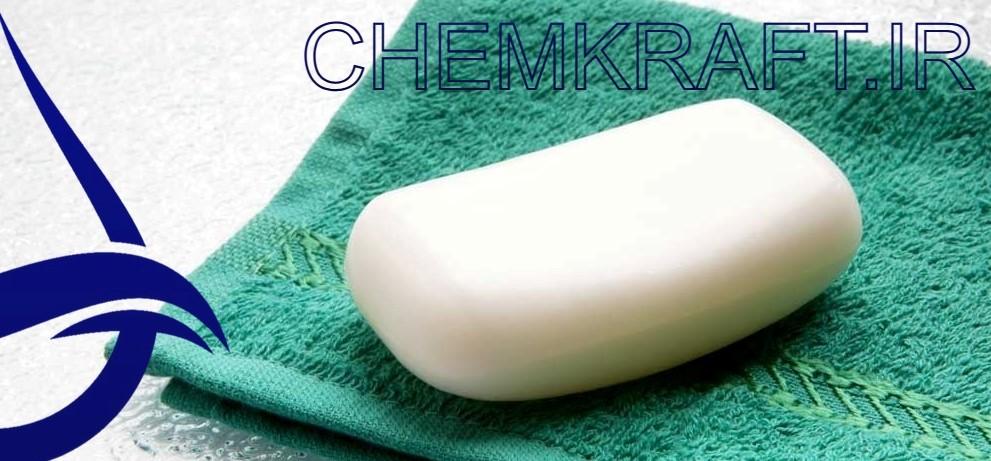
1. Introduction to the Pioneers of Caustic Soda in Soap-making
Soap-making is an ancient practice that has evolved over centuries, with numerous innovators and inventors contributing to its transformation. One key ingredient that revolutionized the soap-making industry is caustic soda, also known as sodium hydroxide. The pioneers of soap-making who recognized the potential of caustic soda in soap production played a pivotal role in shaping the industry as we know it today. This article explores the prominent figures and inventors who pioneered the use of caustic soda in soap-making, highlighting their contributions, techniques, and the lasting impact of their innovations. From the early origins of caustic soda to its modern applications, this exploration unveils the fascinating journey behind the utilization of this chemical in soap production.
1. Introduction to the Pioneers of Caustic Soda in Soap-making
Caustic soda, also known as sodium hydroxide, has played a vital role in soap-making for centuries. Its corrosive properties make it an essential ingredient in the process of saponification, where fats and oils are converted into soap. Throughout history, there have been many prominent figures and inventors who have pioneered the use of caustic soda, revolutionizing the soap-making industry and improving the quality and consistency of soap.
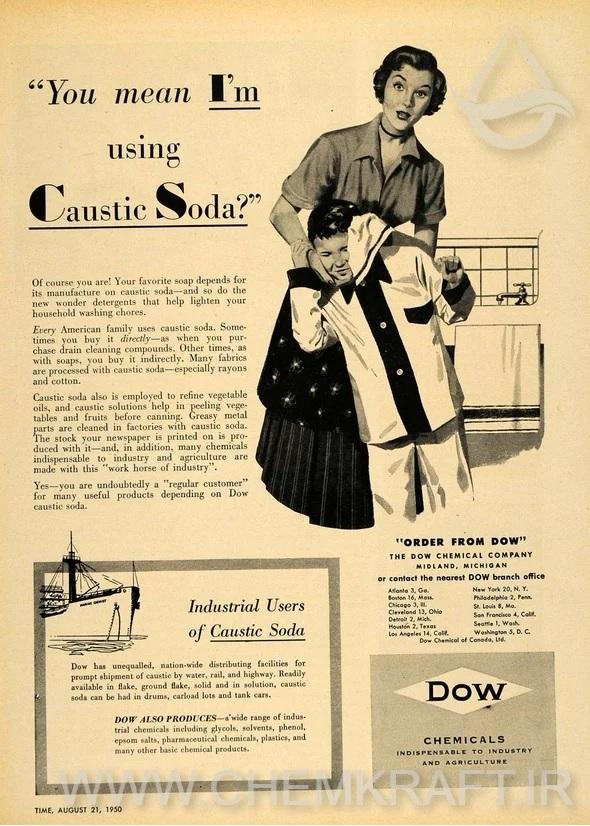
1.1 The Historical Significance of Caustic Soda in Soap-making
To truly appreciate the pioneers of caustic soda in soap-making, we must first understand its historical significance. Soap-making has been practiced since ancient times, with early civilizations using natural ingredients like animal fats and plant oils to create cleansing agents. However, it wasn’t until the discovery and utilization of caustic soda that soap-making techniques took a giant leap forward.
1.2 Evolution of Soap-making Techniques
Over time, soap-making techniques evolved, and the introduction of caustic soda played a crucial role in this evolution. The use of caustic soda allowed for the creation of solid soaps, as well as increased the ability to remove dirt and grease effectively. As a result, cleanliness and personal hygiene improved significantly, leading to healthier communities and societies.
2. The Early Innovators: Exploring the Origins of Caustic Soda
2.1 Ancient Civilizations and Early Soap-making
Soap-making can be traced back to ancient civilizations such as the Babylonians, Egyptians, and Romans. These early soap-makers understood the benefits of combining fats or oils with an alkaline substance to create soap. While the exact origins of caustic soda are unclear, it is believed to have been discovered and utilized by these innovative early civilizations.
2.2 Discovery and Early Use of Caustic Soda
The discovery of caustic soda is often attributed to the Arabian alchemist, Jabir ibn Hayyan, in the 8th century. However, its early use can also be found in the works of ancient Greek scholar Theophrastus. They recognized the power of caustic soda in transforming fats and oils into soap, and its use spread across various cultures and regions over time.
3. Revolutionary Techniques: How Caustic Soda Transformed Soap-making
3.1 Understanding the Role of Caustic Soda in the Saponification Process
Caustic soda’s significance lies in its ability to initiate the saponification process, the chemical reaction that converts fats and oils into soap. When combined with water, caustic soda breaks down the fats’ triglyceride structure, releasing fatty acids that react with the sodium hydroxide to form soap molecules. This reaction is what gives soap its cleansing properties.
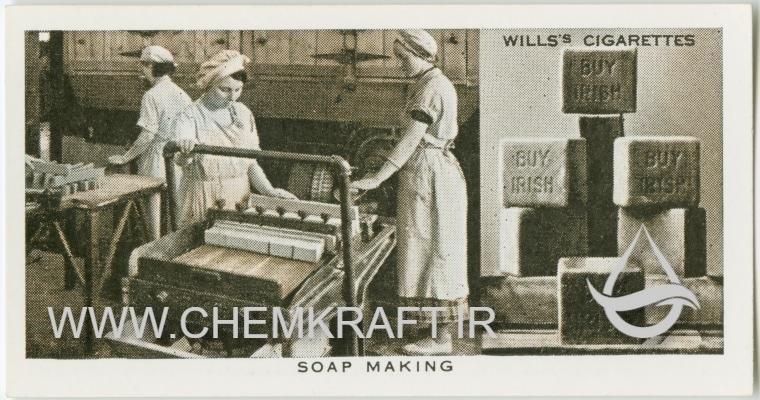
3.2 The Impact of Caustic Soda on Soap Quality and Consistency
The introduction of caustic soda in soap-making had a profound impact on soap quality and consistency. It allowed for more precise control over the saponification process, resulting in soaps that were milder, lathered better, and were more effective in removing dirt and grime. The use of caustic soda improved the overall production process, enabling soap-makers to create high-quality soaps on a larger scale.
See also Iran's Caustic Soda Exports to Turkmenistan: A Strategic Trade Relationship
4. Josephine Cochrane: Inventor of the First Mechanical Dishwasher
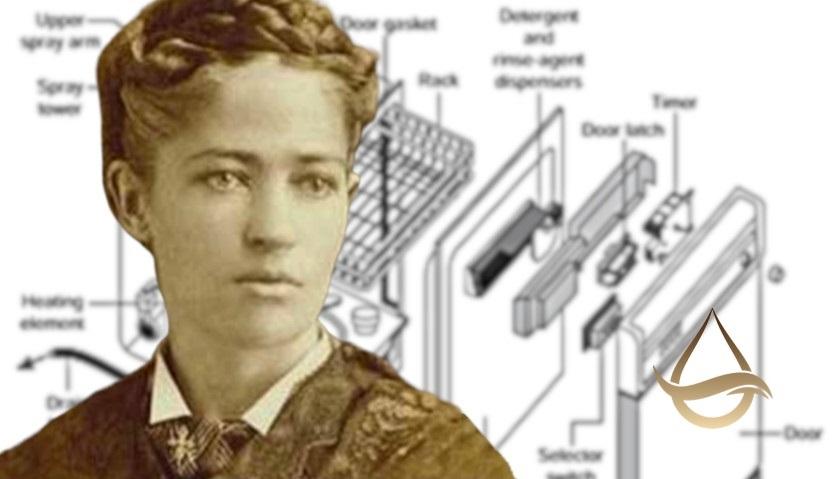
pioneers of soap-making
4.1 Josephine Cochrane’s Background and Motivation
While caustic soda primarily revolutionized soap-making, its impact extended beyond personal hygiene. In the late 19th century, Josephine Cochrane, an innovative woman with a passion for efficiency, invented the first practical mechanical dishwasher. Motivated by a desire to simplify and expedite the dishwashing process, Cochrane’s invention relied on the power of caustic soda to efficiently clean dishes and utensils.
4.2 The Role of Caustic Soda in Dishwashing Machines
Caustic soda plays a crucial role in modern dishwashing machines. It is used in combination with detergents to break down grease and food particles, ensuring thorough and hygienic cleaning. The alkaline properties of caustic soda help to dissolve stubborn residue and prevent the buildup of deposits on dishes and utensils. Thanks to Josephine Cochrane’s ingenious invention and the power of caustic soda, dishwashing has become a breeze for many households.
5. William Hesketh Lever: Popularizing Caustic Soda in the Commercial Soap Industry
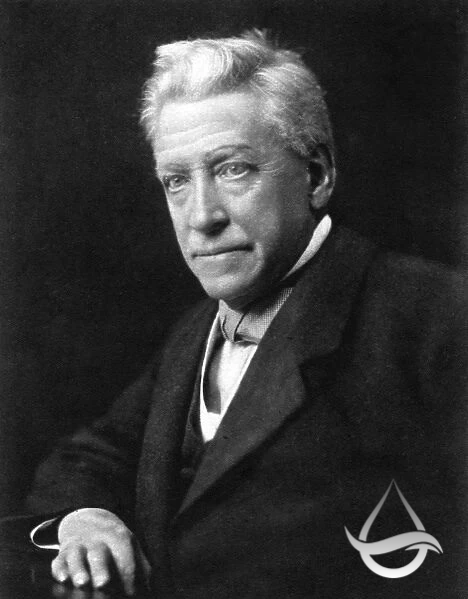
5.1 William Hesketh Lever’s Contribution to the Soap Industry
When it comes to the world of soap-making, William Hesketh Lever is a name that cannot be ignored. Lever was a visionary entrepreneur and the founder of the famous soap company, Lever Brothers. What set Lever apart was his pioneering use of caustic soda in the commercial soap industry.
Lever recognized the incredible cleaning power of caustic soda and its ability to dissolve oils and grease. He saw the potential to revolutionize the soap-making process, making it more efficient and effective. Lever’s innovative approach took the soap industry by storm and forever changed the way soap was produced.
pioneers of soap-making
5.2 Lever’s Innovations in Industrial Soap-making Processes
Lever’s genius wasn’t just in recognizing the power of caustic soda; it was also in developing new industrial soap-making processes that maximized its effectiveness. He introduced large-scale production methods that allowed for mass production without compromising quality.
Lever’s innovations made soap-making more accessible to the masses, bringing high-quality soaps into households around the world. His commitment to using caustic soda paved the way for the modern soap industry we know today.
6. Ellen Swallow Richards: The Environmental Advocate Who Utilized Caustic Soda in Soap-making
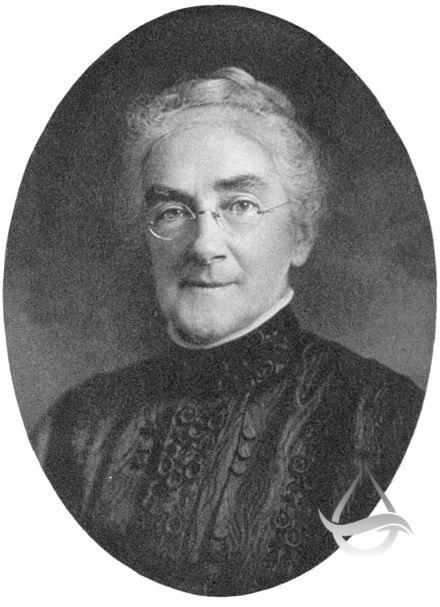
6.1 Ellen Swallow Richards’ Work in Environmental Science
Ellen Swallow Richards was not only a prominent figure in the field of environmental science but also an advocate for sustainable practices. She understood the importance of preserving our planet while making advancements in various industries.
Richards dedicated her life to studying the impact of chemicals on the environment and finding ways to minimize pollution. Her work laid the foundation for future generations to develop sustainable practices in different fields.
pioneers of soap-making
6.2 Richards’ Experiments with Caustic Soda and Soap Production
In her quest for sustainable soap-making, Richards recognized the potential of caustic soda. She conducted numerous experiments to find the optimal balance between efficiency and environmental impact. By using caustic soda, Richards was able to create soap products that were effective, while minimizing the negative consequences on the environment.
Her innovative approach towards soap production paved the way for the integration of environmentally friendly practices in the industry. Richards showed that it was possible to create high-quality soap without compromising the health of our planet.

7. Modern Applications: Innovations in Caustic Soda Technology for Soap Production
7.1 Contemporary Techniques Utilizing Caustic Soda
In the present day, caustic soda continues to be a crucial component in soap production. Modern soap manufacturers have perfected the art of utilizing caustic soda to create a wide range of specialized soaps with specific properties. Whether it’s gentle soaps for sensitive skin or industrial-strength cleansers, the versatility of caustic soda helps meet the diverse needs of consumers.
7.2 Advancements in Caustic Soda Safety and Sustainability
Over the years, significant advancements have been made in ensuring the safety and sustainability of caustic soda use in soap production. Stringent safety protocols and regulations ensure that workers and the environment are protected during the manufacturing process. Additionally, the industry has embraced sustainable practices, such as recycling and responsible waste management, to reduce its ecological footprint.
These advancements demonstrate the soap industry’s commitment to both product efficacy and environmental responsibility, ensuring that caustic soda continues to be a vital ingredient in soap-making for years to come.
8. Conclusion: The Enduring Legacy of Caustic Soda in Soap-making
Caustic soda has undoubtedly left an indelible mark on the soap-making industry. From the pioneering work of William Hesketh Lever to the sustainable advancements championed by Ellen Swallow Richards, its role has shaped the way soap is produced and enjoyed worldwide.
The enduring legacy of caustic soda lies not only in its remarkable cleaning power but also in its ability to inspire innovation and drive the industry towards greater sustainability. As soap manufacturers continue to push the boundaries of product development and ecological responsibility, caustic soda will remain an integral part of the soap-making process, ensuring that we can all enjoy clean and fresh-smelling hands for years to come.
8. Conclusion: The Enduring Legacy of Caustic Soda in Soap-making
The pioneers and inventors who harnessed the power of caustic soda in soap-making have left an indelible mark on the industry. Their innovative techniques and groundbreaking discoveries have transformed the art of soap production, enabling the creation of high-quality, consistent, and sustainable products. From Josephine Cochrane’s mechanical dishwasher to William Hesketh Lever’s advancements in commercial soap production, and Ellen Swallow Richards’ environmental advocacy, these pioneers have paved the way for modern soap-making practices. Today, caustic soda continues to be a crucial ingredient in soap production, with ongoing advancements in technology and sustainability. The enduring legacy of these figures serves as a testament to the power of innovation and the profound impact it can have on an industry.
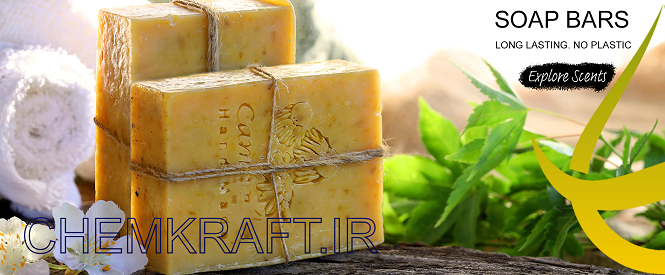
FAQ
1. Why is caustic soda important in soap-making?
Caustic soda, or sodium hydroxide, plays a critical role in the soap-making process. It is an essential ingredient that undergoes a chemical reaction called saponification, which converts fats and oils into soap. Caustic soda helps break down these fats and oils, allowing them to combine with water and form soap molecules. Without caustic soda, the saponification process would not occur, and soap production as we know it would not be possible.
See also Sustainability Initiatives by Leading Caustic Soda Producers
2. Is caustic soda safe to use in soap-making?
Caustic soda is a highly caustic and corrosive substance that requires careful handling and precautions. When used in soap-making, it is important to follow proper safety measures, such as wearing protective gloves, goggles, and working in a well-ventilated area. It is also crucial to handle and store caustic soda away from children and pets. While caustic soda itself can be hazardous, once it undergoes the saponification process and combines with fats and oils, it becomes safe to use as soap.
3. Can caustic soda be replaced with other substances in soap-making?
Caustic soda is the most commonly used alkali in traditional soap-making processes. However, there are alternative alkalis that can be used, such as potassium hydroxide (often used in liquid soap production) or even certain plant-derived alkaline substances. These alternatives may lead to variations in the soap’s properties and require different techniques. It is important to understand the specific characteristics and requirements of different alkalis before substituting caustic soda in soap-making.
4. Are there any environmental concerns associated with the use of caustic soda in soap-making?
The use of caustic soda in soap-making can raise environmental concerns if not handled responsibly. Improper disposal of caustic soda solutions or byproducts can harm aquatic life and ecosystems. However, responsible soap-makers take steps to minimize environmental impact, such as neutralizing and diluting caustic soda solutions before disposal, utilizing eco-friendly ingredients, and implementing sustainable manufacturing practices. It is crucial for soap-makers to prioritize environmental sustainability and ensure proper disposal methods to mitigate any potential negative effects.
Hossein Moshiri
WA +989124311007
Source: https://chemkraft.ir/en/pioneers-of-soap-making/
